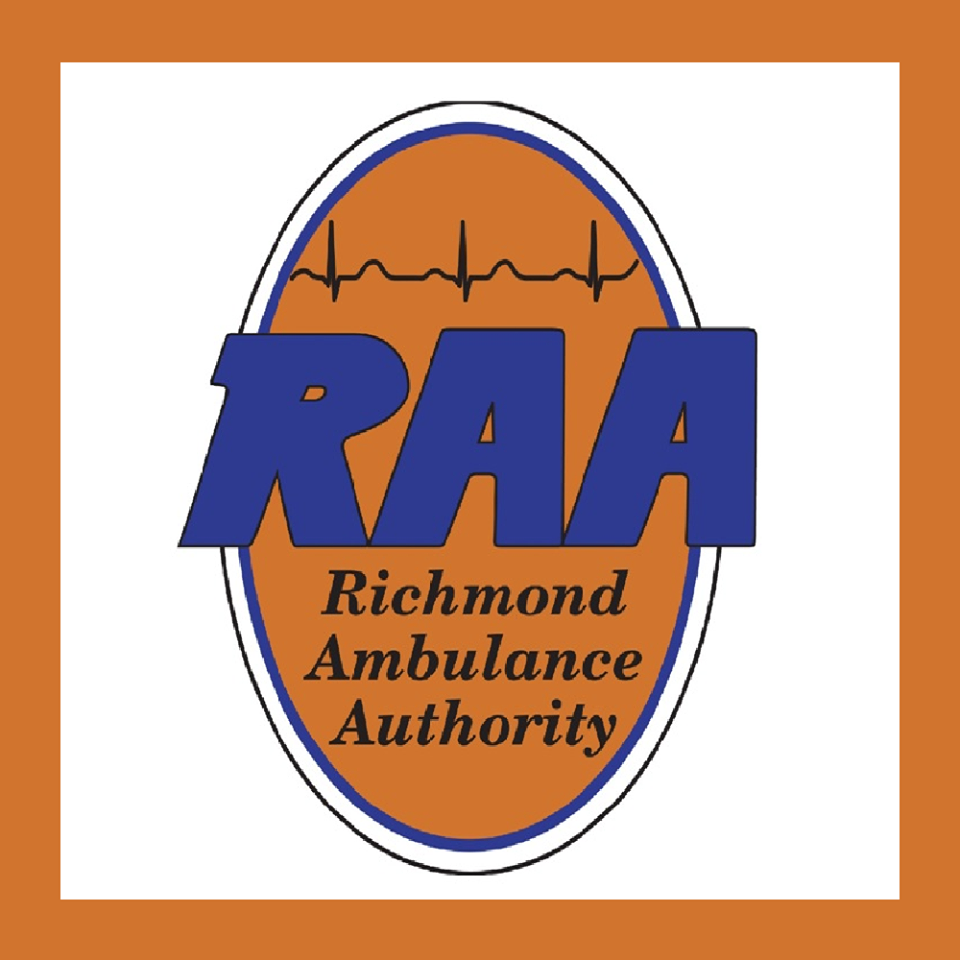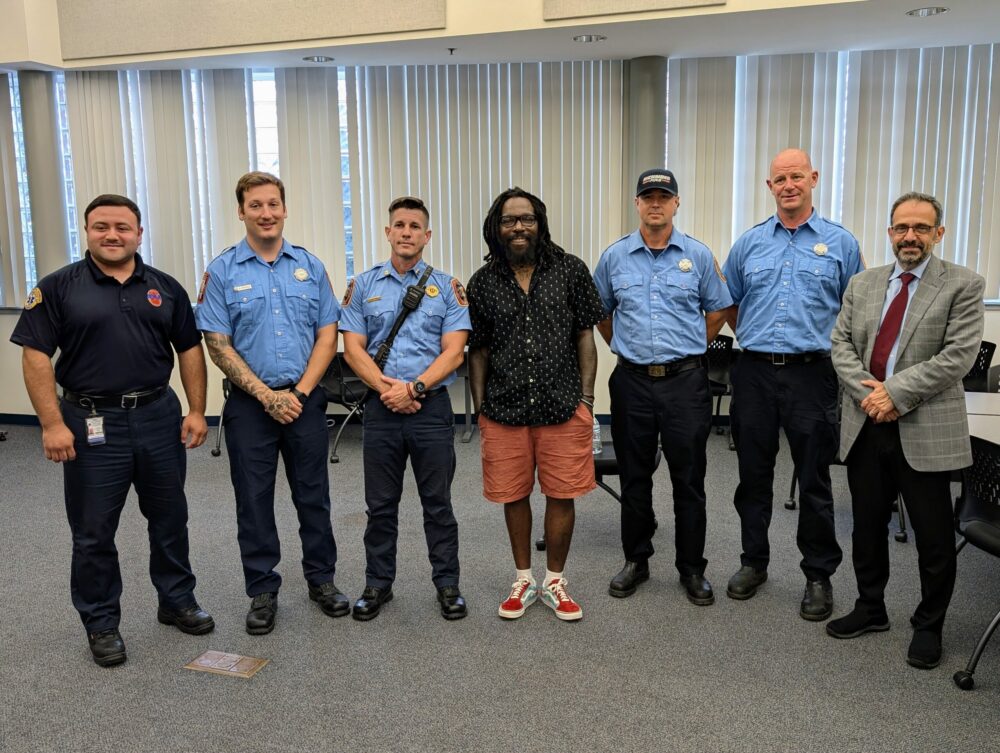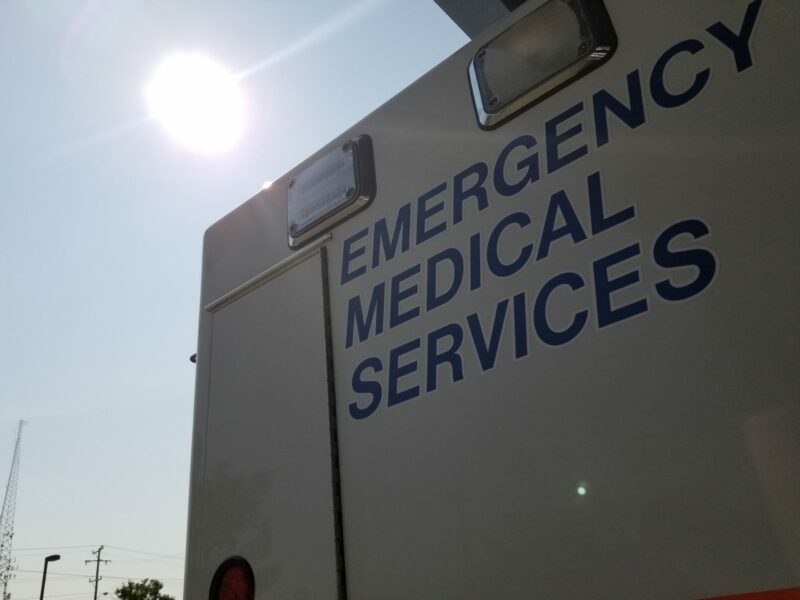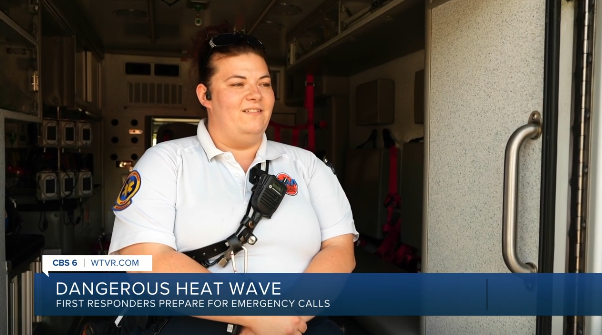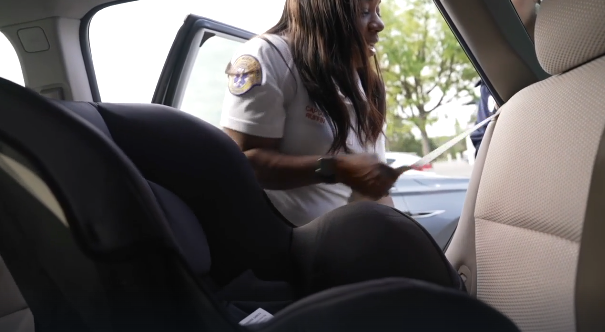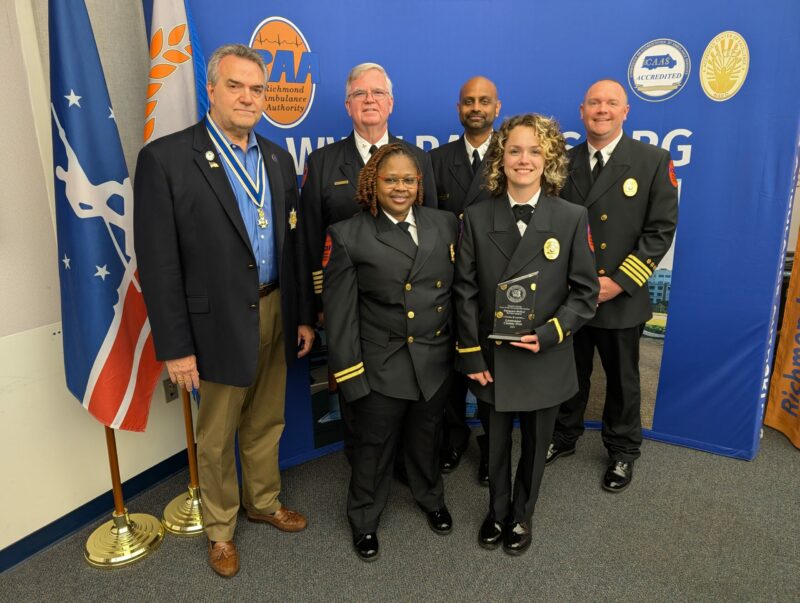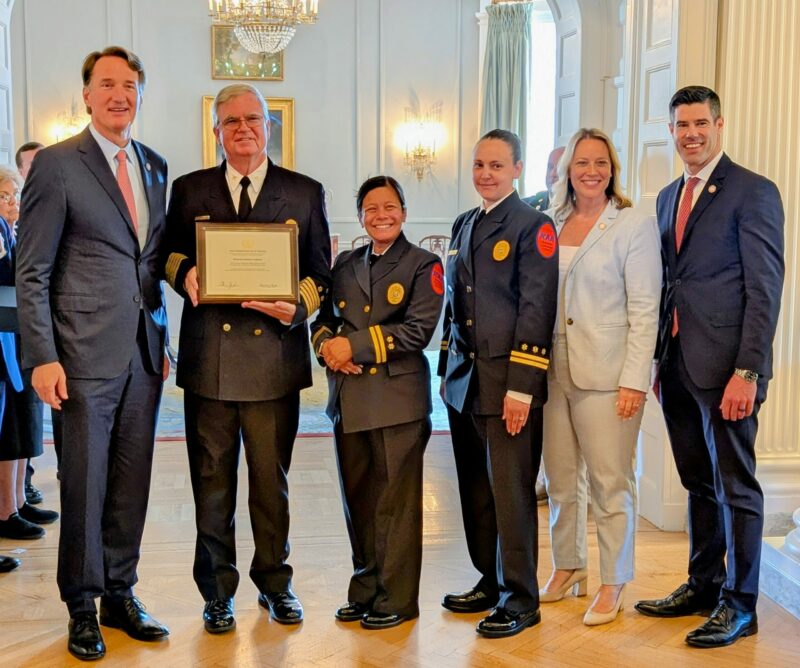Group hopes to save lives by curbing urban violence
Reprinted from: Richmond Times Dispatch, May 1994
During war, medics were considered “the other guys,” explained advanced life support medic Zita Carrington.
“They’re the Red Cross, don’t shoot them.” She said. “But we’re not the other guys any more.”
That’s because the medics fro the Richmond Ambulance Authority are in the middle of an undeclared war of sorts, where victims are shot, stabbed or beaten over dope, money or seemingly childish arguments.
Wear flak jackets
Richmond ambulances have been shot at, and nowadays the majority of the city’s medics choose to wear flak jackets.
But it’s not personal safety that truly troubles Carrington and her co-workers.
“This started out of general frustration with all of the things we see every day,” said Mike Prater, field paramedic and public information officer for RAA.
“This” is the new Voices Against Violence campaign started by Carrington and other RAA medics in an attempt to staunch the day-in, day-out carnage that has made recent months the worst in Richmond history.
66 white crosses
Yesterday RAA members pushed 66 white crosses into the soil of Monroe Park â one for each of the city’s homicide victims so far this year. (Actually, the toll rose by one yesterday when police classified the death of a man found in a city canal Saturday as a homicide. It was Sept. 6 of last year before that many people were slain.)
Passersby were invited to tie a purple ribbon on the crosses or a bare Christmas tree and to pin purple ribbons on their lapels.
“The ribbon is a commitment to do one small thing to fight violence in our community,” said Carrington who earned a 1992 lifesaving award when she helped perform successful street surgery on a man shot in the neck.
Carrington, like many Richmond rescuers, grew up in the Richmond area and has seen the changes.
“It’s senseless,” she said when asked how she feels while working on those dying violent deaths. “A wasted life. If they only knew there was another way.”
The medics cant’s help but feel pain, anger and frustration by what they see. After particularly violent cases or ones involving small shiclren, medics are “debriefed” by a supervisor to make sure they’re all right.
“About 20 percent of our medics are minorities,” said Dan Therry, RAA medic and public information officer. “Many of them crew up in the projects.” She herself grew up in the now-troubled Blackwell community.
“We still have nieces and nephews living in those areas.”
Prater said nearly all of the ambulance workers have responded to violence scenes in their own neighborhoods.
Such was the May 1 experience of 26-year-old emergency medical technician Robert Steele Jr., who also works from time to time for the West End Volunteer Rescue Squad.
He was driving a West End ambulance to the Medical College of Virginia when he heard some emergency radio traffic that got his complete attention.
“They called out my grandfather’s address and said a man was shot in the yard,” Steele said.
He radioed in, saying he was going to respond to the scene. During the three-minute drive, thoughts about his grandfather raced through his mind: Richard Edward Smith was the rock-solid patriarch of his family and a man who guided Steele into a life of helping others; he was a faithful church-going man who worked hard all of his life doing everything from bathroom tile work to gymnasium floors.
“He talked to us all of the time, and a lot of it made sense. He never raised his voice, but when he talked to you it seemed like he raised his voice. It seemed like he hit you with something. He was pretty much my hero. Lord, I was hoping it wasn’t him. . .”
Steele arrived at the scene to find that his 81-year-old grandfather had been shot in the chest during an apparent robbery.
“He was dead, I saw him lying down there â it’s something I can’t get out of my mind. Then I had to tell my mother that her father was dad.”
Because the causes and solutions to violent crime are complex, RAA workers say the purple ribbons and crosses are just the start to Voices Against Violence.
In an attempt to unify the city, Carrington and her associates â 125 strong â have compiled a master list of groups and agencies that are working â often independently â toward the same goal of stopping the city’s violence.
“Everybody is willing to do something, but they don’t know what,” said Carrington, who hopes that everyone who wears a purple ribbon will work with one of the groups on the list. “If we do it together, it’s going to make a difference.”
The program will evolve and will include A Day in the Park with a Friend, the summer parks program and school programs this fall.
By noon yesterday, all of the crosses were graced with ribbons and the naked pine tree had turned purple.
“I have a child myself,” said Linette Fields as she tied a ribbon on the tree during a break form her job at Virginia Commonwealth University. “I don’t want anything to happen to her â no.”
“We’ve got to keep trying until something works,” said her co-workers, Diane Wright. “For the children.”
B.R. Joyner, a “roamer” who carried his belongings in a sack, wasn’t sure the RAA program would make a difference. “I’m skeptical about everything,” said Joyner, a Tennessee native. “I hear a lot of things, but I see little action.”
But 26-year-old Janice Thompson, who was shot in the chest in 1989, took heart as she pinned on her purple ribbon yesterday.
“Maybe it’ll make people take a better interest in life.”
